
|
Dipper
|
||
|
Taken at St Andrews on 28th June 2023 using Nikon D500 with Sigma 600 mm zoom lens.
|

|
|
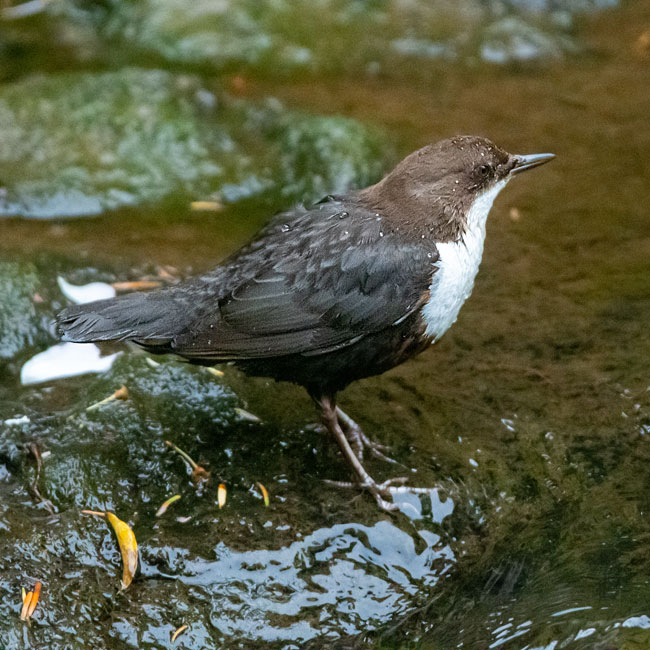
| Taken at Banton Loch on 27th December 2015 using Nikon D5200 with Sigma 150-500 mm zoom lens. |  |
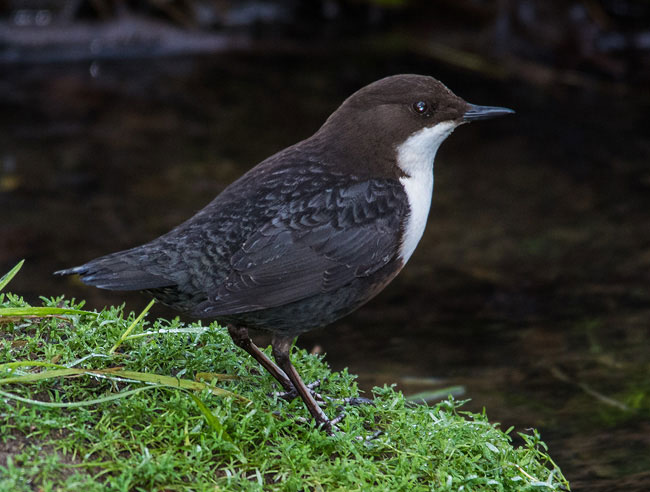
| Taken at Durness on 2nd October 2015 using Nikon D5200 with Sigma 150-500 mm zoom lens |  |
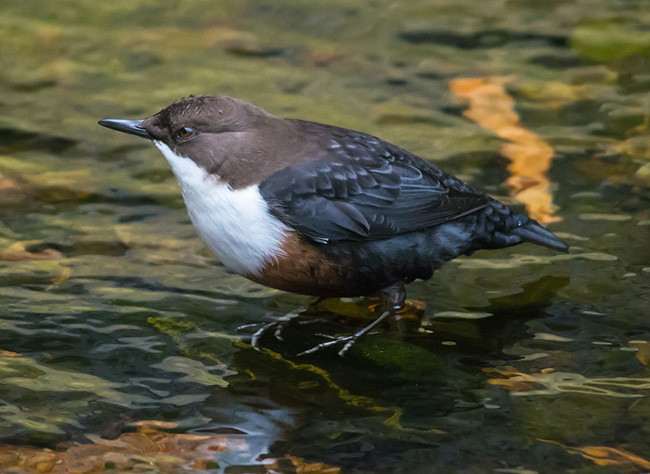
| Taken at Fairlie on 28th February 2015 using Nikon D5200 with Sigma 150-500 mm zoom lens. |  |
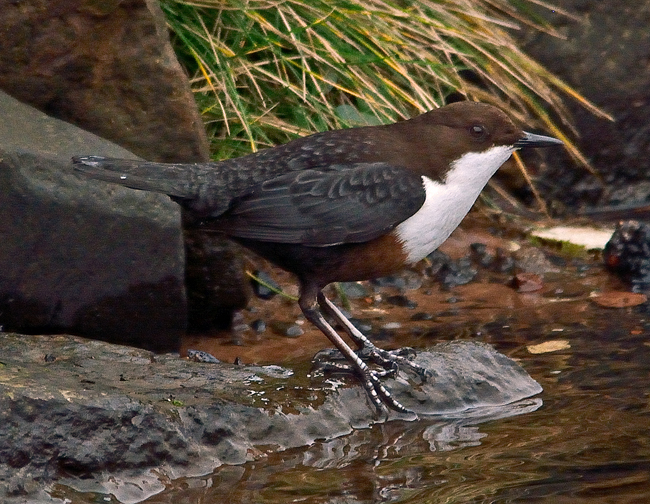
| Taken at Strathaven on 29th September 2015 using Nikon D5200 with Sigma 150-500 mm zoom lens. |  |
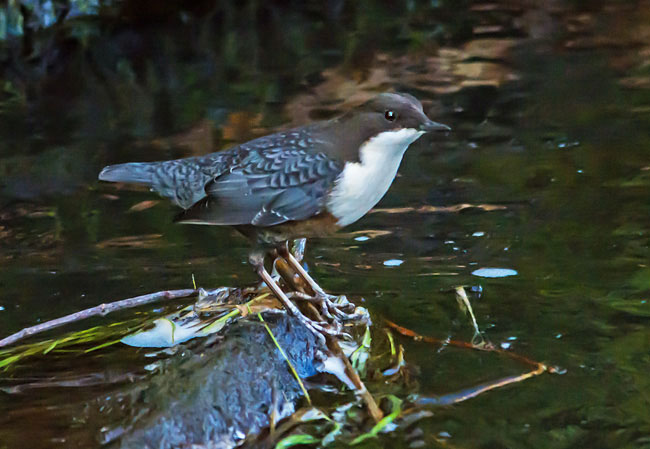
| Juveniles Taken at Durness on 7th July 2014 using Nikon D5200 with Sigma 150-500 mm zoom lens. |
 |
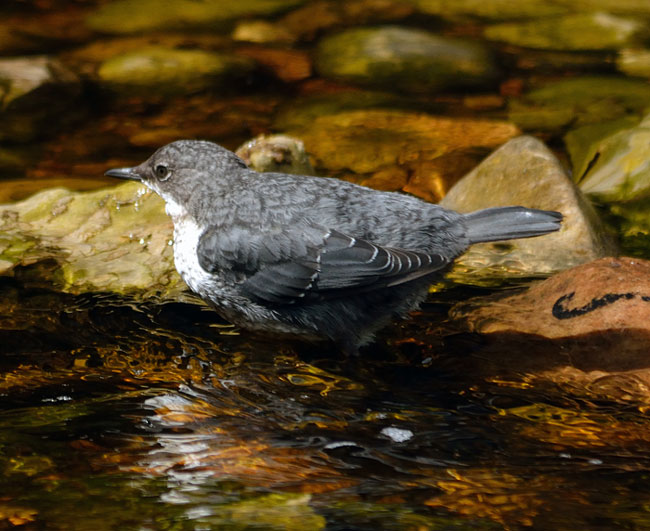
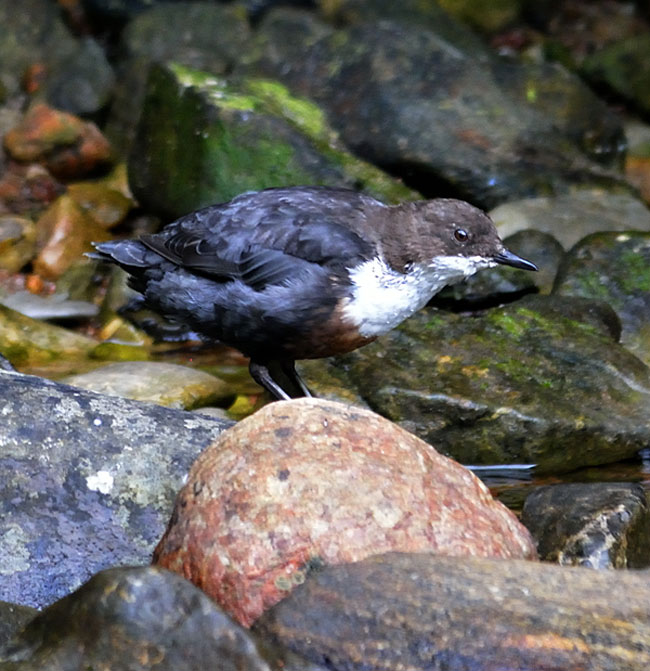
| Dipper |
| Species: Order: Family: Local Names: |
Cinclus
cinclus. Passeriformes. Cinclidae. |
| Site
Of Nest: Materials: Food: Feature: Plumage: Length: Breeding Period: Eggs: |
By the
water. Moss, dead grass and leaves.The visible nest however, is just a shelter. Usually hidden beneath a lip, is the entrance to the real nest within, a cup of grass or sedge, nearly as large as the nest of a Blackbird, lined with leaves of oak, beech or other trees. Aquatic invertebrates including caddis worms and insect larvae, beetles, freshwater molluscs, and small fish. From a perch it will walk into the water and deliberately submerge, but there is no truth in the assertion that it can defy the laws of specific gravity and walk along the bottom. When entering the water it grips with its strong feet, but the method of progression beneath the surface is by swimming,using the wings effectively for flying under water. It holds itself down by muscular exertion, with its head well down and its body oblique, its course beneath the surface often revealed by a line of rising bubbles. Dark above and white-breasted. 18 cms. March - May 1 - 2 Broods. 3 - 6 White. |
| Voice: |